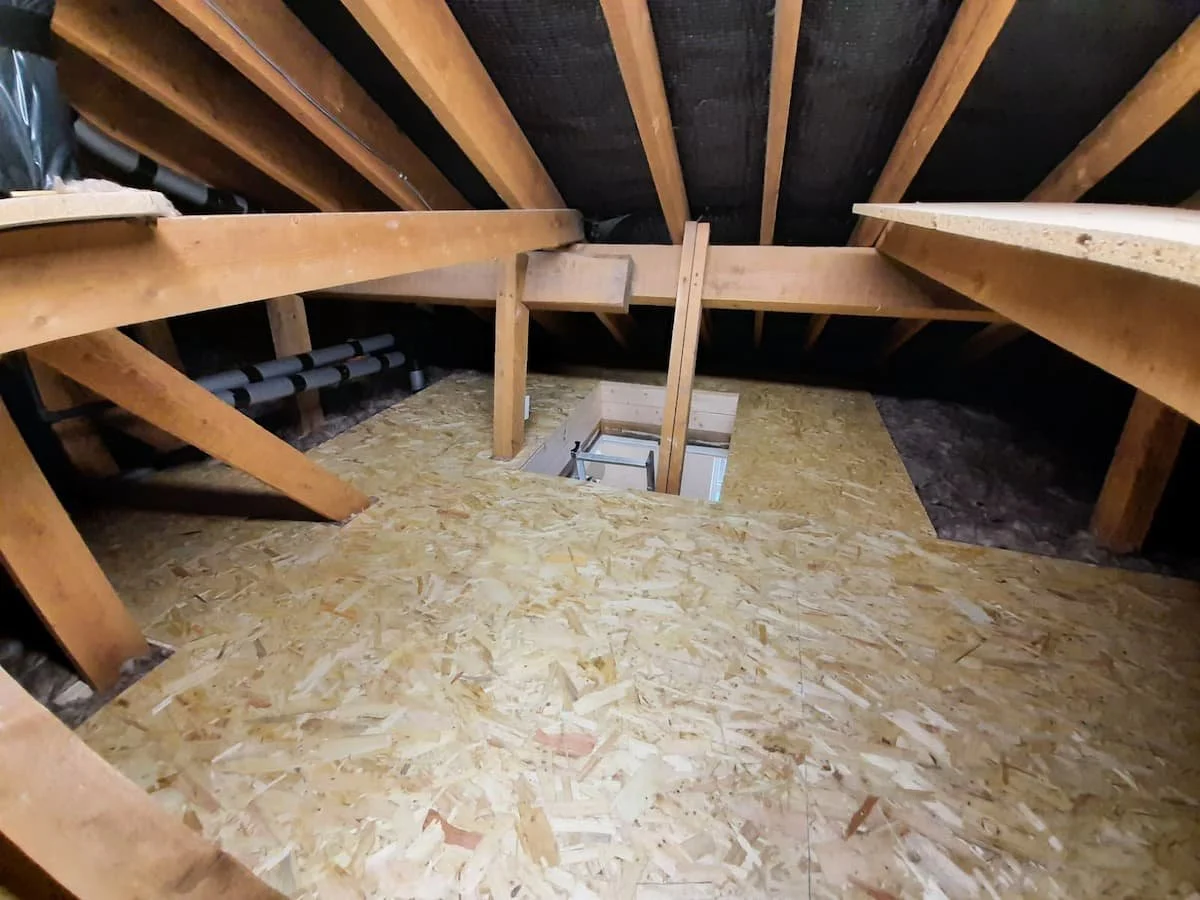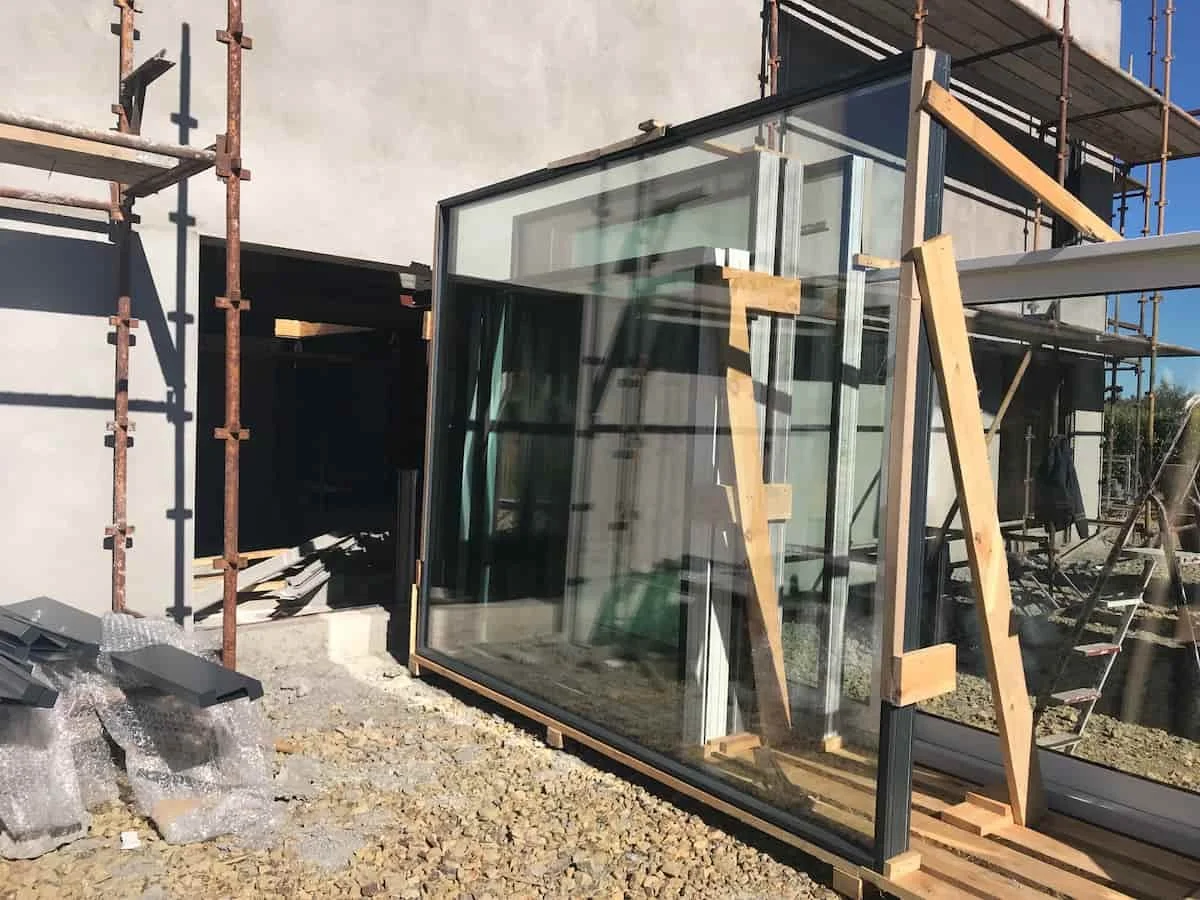What home energy grants are available in Ireland?
We are living in a rapidly changing world which in recent times, feels like it has stepped up its pace. While the pandemic and the horrific war in Ukraine seemed to take us by surprise, climate change has always been close and lurking in the background.
IF NOT NOW, WHEN?
Photo Credit Shutterstock
Evidence around the world has highlighted the stark reality that we all must act now if we are to avert future castophies. Climate change is happening now and taking its toll on this generation with erratic weather events worldwide. We have the responsibility to do what we can to try and improve this worrying situation particularly for the sake of our future generations.
For those of us who have the luxury of living in an energy efficient A rated home, there are ample measures we can take to play our part to reduce our carbon footprint. For others who live in older, colder homes, if feasible now is the time to looks towards upgrading the energy efficiency of your home to make it more sustainable. The payback for taking such action will be in the form of enjoyment and comfort of your home, lower energy bills and the peace of mind that you are doing your bit for the planet.
In this blog, we are giving you a simple brief overview of the various grants routes available in Ireland at this time, however, you will find further relevant and extensive information on the SEAI website https://www.seai.ie/home-energy/building-energy-rating-ber/
Reducing Heat Loss
Low energy efficient homes can loose between 20% - 30% of all heat through the attic and up to 35% of heat escapes through the walls. The aim is to retain heat in your homes for longer. The more you upgrade your home in terms of efficiency, the more you will save on your energy bills. At this time, this is even more attractive, given that we are in the midst of a energy crisis. These actions will in turn reduce your overall emissions and carbon footprint.
A Building Energy Rating (BER) certificate rates your home's energy performance on a scale between A and G. A-rated homes are the most energy efficient while G-rated are the least energy efficient. It is calculated based on the amount of energy your home requires for space, hot water heating, ventilation, and lighting.
A B2 energy rated home is the ideal benchmark for a comfortably and high energy efficiency home. The first step to improving the energy efficiency of your home is to assess the fabric of the building and see what solutions/measures will enhance its efficiency and get you to that all important B2 rating or better. This can be achieved by getting a Home Energy Report which is tailored specifically to your home. There is a grant available towards the cost of this report which we have outlined below.
Photo Credit Cadhla Doyle
There are three categories of home energy grants available in Ireland for homes built prior to 2011.
Earlier this year, the Government announced an extensive retrofit scheme which aims to bring half a million homes up to a B2 energy rating by 2030. The National Home Energy Upgrade Scheme is offering homeowners up to 50% off the cost of a typical retrofit.
Fully Funded Energy Upgrade (Warmer Homes).
For qualifying homeowners in receipt of certain welfare benefits, all home upgrade costs are fully covered and managed by the SEAI. This scheme is for homes built and occupied before 2006 for insulation and heating systems.
Part Funded Individual Energy Upgrade Grants
Photo Credit Fitzsimons Insulation
These grants are more of a step-by-step approach that the homeowner or landlord may choose to do due to budget restraints (insufficient budget for the big bang approach), or that it suits to get to a B2 over a few years, so tackling smaller projects on a piece meal basis (less disruption) instead of the extensive energy upgrade via a one stop shop. In other words, instead of multiple upgrade measures it focuses on single measures for example, attic or cavity wall insulation etc.
These partial energy upgrades were enhanced earlier this year with some averaging at 45% - 50% of the overall cost. However, there are fewer upgrades covered under this scheme than under the one stop shop scheme below. Here is a list of the individual grants that are available https://www.seai.ie/grants/home-energy-grants/individual-grants/
To apply for these grants, your home needs to of been built prior to 2011 for insulation and heating controlls and 2021 for heat pumps and renewable systems.
With these single measure grants, the homeowner/landlord is responsible for applying for the grant(s), prior to the works being completed and for controlling this process. They will then have a set time period in which to organise and manage the works and they will have to organise the contractors themselves. There is no onus on the homeowner/landlord to get to an actual B2 and in this case, they must provide the entire costs up front to the contractor and can then apply for the rebate after the works have been completed to the required standard.
Recently the Govenment have announced under the Zero Emission Vehicle Ireland scheme, that every homeowner/tenant can now apply for a Electrical Vehicle (EV ) Home Charger Grant (valued at €600), whether they own an EV or not (so no longer need to prove that you own a EV . The aim of this inititive is to hopefully encourage more homeowners/tenants to make the move to electric vehicles.
Part Funded One Stop Shops Energy Upgrade Service
Photo Credit Clodagh Doyle
The SEAI have and are approving one stop shop companies to be register and listed on their website, however, this is a slow process. They need to be sure that the companies they approve are reputable and capable of delivering all that is required under this scheme.
A one stop shop will manage your home energy upgrade from start to finish. They will organise the required sub-contractors and specialists to assist the homeowner from an initial assessment plan to project completion. The initial home energy assessment report will document what is required to get the home to a B2 of better and the costs associated with this work. There is a €350 grant for this report and there is no obligation to proceed with the works, the homeowner can decide if this suitable for them, shop around with other one stop shop providers or they can choose to wait and save for this proposed upgrade.
The one stop shop is responsible for achieving your B2 rating at the end of the works within a given timeframe.
As every home is different, they will identify the best solution for your home, provide a quote and then oversee and project manage the works to completion. The one stop shop applies for the grants on your behalf and this amount is removed from the overall upgrade cost invoiced to the homeowner. In other words, the homeowner needs to pay for the upgrade costs net of the actual grant amounts.
This approach will involve multiple measures and an extensive upgrade – whatever is required to get to B2 or better.
The one stop shop approach is suitable to homeowners/landlords who wish to upgrade a home that was built prior to 2011 for insulation and heating controls and 2021 for heat pumps and renewable systems and wish to achieve a B2 or better energy rating in one go. They must have a suitable budget to sufficiently retrofit their home. Typically, if the upgrade costs are in the region of 60K, the homeowner will need 30k net of the grant to cover these costs. It would be normal for other works to be completed at the same time as these energy upgrades, so the homeowner may require an additional 30K - 60K or more to cover this aspect.
Photo Credt Clodagh Doyle
The demand for this scheme is high and at the time of writing this blog there are at total of 10 registered one stop shops nationwide. Understandably, with insufficient registered one stop shops to meet this demand there are long waiting lists. The SEAI have recently confirmed that they will be growing this list and that these one stop shop contractors will be able to take care of other major aspects of a typical renovation in terms of extensions, re-wire, re-plumb, kitchens, and bathrooms etc.
While this scheme sounds ambitious on paper, only time will tell if this scheme will will go smoothly and to plan on the ground. There are many moving parts in a typical renovation and it would be crucial that every aspect of the project is given the attention and expertise that it deserves, not just a sole focus on the retrofitting aspect. It would also be important that every one stop shop only partners and works with known and trusted sub-contractors and specialists.
If you have any questions relating to this blog, please be sure to get in touch. Please feel free to share this blog with your family members, friends and colleagues!





